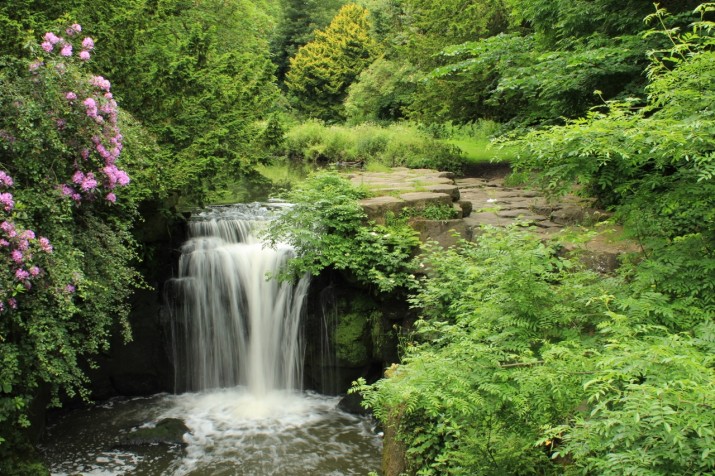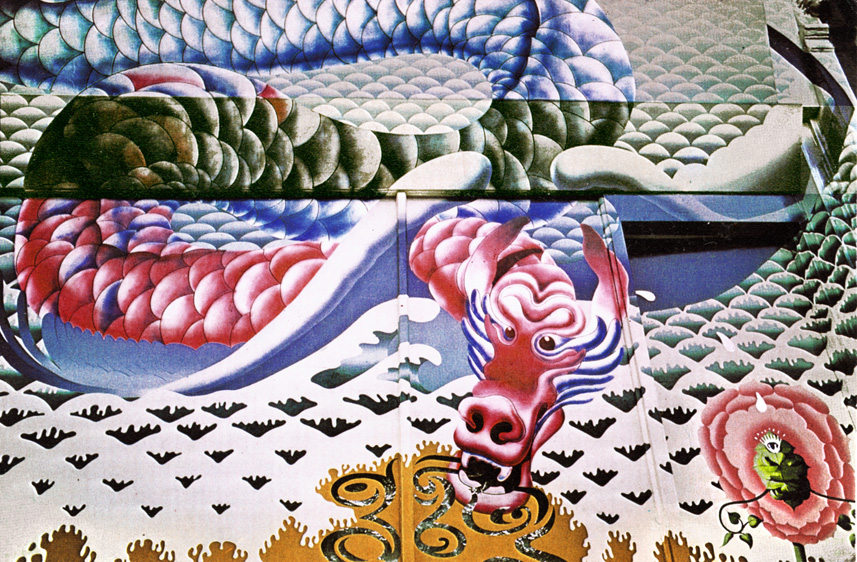Beloved does not seem too excessive an adjective.
The Saturday afternoon day-trippers thronging Port Sunlight’s delightfully self-contained Lady Lever Art Gallery seem borne along the thoroughfares of its exhibition space like motes held aloft by the warmth of their own affection. To a backdrop murmur of reminiscence and rediscovery, the face-painted and the fairy-winged, the air sole-booted and the zimmer-framed, all alike share a fond enthusiasm for the best-known works of a Croydon-born artist and poet whose gossamer creations have already outlived her by some 50 years.
The biography of Cicely Mary Barker, the beloved illuminator of the throng’s collective childhoods, reads something like the fictions of adversity which children’s author Edith Nesbitt bestowed upon her own young heroines. When still a child, Barker was diagnosed with epilepsy, a condition which led to her being confined to the safety of her home. Physically delicate, and – her sister apart – largely lacking the companionship of other children, she at least had the consolation of her talent. Her father, a partner in a seed supply company, seems to have nurtured this incipient vision in his youngest daughter, enrolling her in Croydon Art School at the tender age of 13. Just two years later, he had sold four of her pictures as illustrations for greeting cards. Two years after that, he was dead.

The Silver Birch Fairy from Flower Fairies of the Trees © The Estate of Cicely Mary Barker 1934, Flower Fairies™ costumes Vin Burnham for Frederick Warne & Co
Bereft of father and breadwinner both, it fell to Barker to support her mother and older sister. The Flower Fairy paintings, with which she was to be forever entwined in the public mind, were in fact rejected by a number of publishers before Blackie agreed to take them on, paying her £25 for the 24 illustrations and verses which made up Flower Fairies of the Spring. The book’s centenary this year is all the pretext needed for the current exhibition.
Curated with a careful attention to detail, it’s one which does her proud. Lit like a summer bower, interspersed with unobtrusive flora wrought in plastic, its walls decorated with Barker’s repeated images in a wallpaper effect, the illustrations on display draw largely upon those produced for the Flower Fairies books themselves. Modelled on the real children who attended her sister’s school, posed in costumes fashioned by herself, these vivid miniatures are all the more striking for the variety they achieve within a simple formula.
Barker’s watercolours are anything but diluted, achieving rather something of a daydream clarity, her hues botanically natural even as she breathes the substance of life into her fairy children, each unique in its personality. Some caper and holler with the exuberance Barker herself was perhaps denied by her illness, others are more melancholy in their aspect. Most are posed solely with the flora they represent, so that, when fauna are allowed to intrude, as in the portrait of the Winter Jasmine Fairy, matched for size by a Blue Tit whose predatory intentions are unclear, their essential fragility is brought home.
The endpapers from The Book of the Flower Fairies, affording her the chance to make use of a wider screen, amply demonstrate the broader strength of her line work and composition. Across them, the landscape delineated by this lifelong Christian nonetheless sings with an almost Pagan joy, the music audible on the black and white page, the fairies themselves dancing like notes across staves.

The Crocus Fairies from Flower Fairies of the Spring © The Estate of Cicely Mary Barker 1944
This oddly pantheistic aspect of her work can arguably be viewed as being of a piece with the times. Barker’s first collection arrived only three years after the stir caused by the publication of Sir Arthur Conan Doyle’s article preaching his faith in the veracity of the fairies, allegedly, if not entirely convincingly, photographed by two Cottingley schoolgirls. A generation emerging from the losses of a war that had plucked its young men from the branches of their family trees, and tutored in the power of wishes over death by J.M. Barrie’s perennial Peter Pan, perhaps wanted to believe.
If so, it’s a belief that’s remained devout across the generations, maintained by a visionary purity that continues to enthral. Dusted by the magic of artistry, Barker’s creation have the power to leave even the sceptical spellbound.
Main image: The Estate of Cicely Mary Barker

Endpaper from The Book of the Flower Fairies © The Estate of Cicely Mary Barker, 1927
Flower Fairies is at the Lady Lever Art Gallery until November 5, 2023. For more information, click here.











